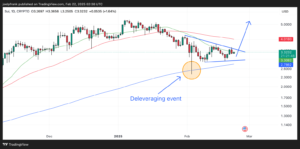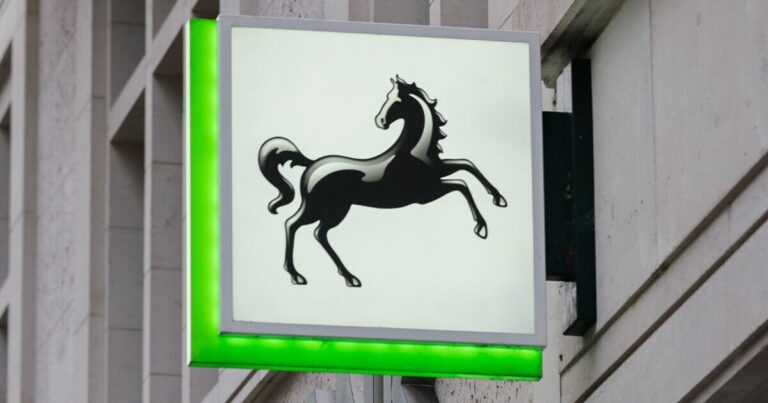
Next Generation has partnered with Ireland’s electronic money institution Decta to spearhead the launch of a stablecoin pegged to the Euro with ticker EURT.
In a recent blog post, Decta said the two firms have entered into a partnership to launch their EURT stablecoin, which will be fully compliant with Markets in Crypto-Assets Regulation (MiCA) requirements.
The stablecoin will launch on the Stellar blockchain and support three additional platforms.
Next Generation’s EURT to Publish Regular Reserve Audits
Decta said that EURT will uphold transparency by subjecting its reserves to scrutiny by a leading international auditing firm.
Furthermore, the company aims to garner widespread backing for EURT by forging strategic alliances with reputable financial institutions, thereby introducing fresh avenues for depositing and withdrawing funds.
“The implementation of MiCAR heralds a new chapter in the evolution of modern digital finance in Europe. With European coins currently underrepresented, we anticipate a rapid surge in their prominence,” Suren Hayriyan, President of Next Generation, said.
Next Generation and Decta collaborate on euro stablecoin project https://t.co/AzM6yeK2Sb
— Finextra (@Finextra) August 5, 2024
Hayriyan projected a potential market cap for EURT reaching up to $4 billion by 2026, underscoring the growth potential within the stablecoin sector.
While the global stablecoin market capitalization surpasses $160 billion, Euro-pegged stablecoins constitute a mere fraction at $280 million.
Anticipating remarkable growth, Next Generation forecasts the market capitalization of Euro-backed stablecoins to escalate to $15 billion in 2025, $70 billion in 2026, and surpass a staggering $2.5 trillion by 2029.
“I do not expect, of course, that we will soon see parity in the positions of American and European coins in the near future,” Hayriyan said.
“But I have no doubt that there will be a rapid growth to the proportions in which these fiat currencies are now.”
MiCA Framework Related to Stablecoins Take Effect
In June, the MiCA regulatory framework related to stablecoins took effect.
Under the new rules, companies must stop issuing non-euro-denominated stablecoins used as a “means of exchange” if they cross a threshold of more than 1 million transactions or a value of over 200 million euros (US$215.2 million) per day.
In line with these regulations, stablecoin issuer Circle has registered as an electronic money institution (EMI) in France, granting the company a crucial license to become a compliant stablecoin issuer under the EU’s new crypto laws.
It is worth noting that implementing the MiCA regulatory framework, which was initially approved in 2022, has presented challenges for blockchain companies and decentralized finance (DeFi) protocols.
DeFi protocols are required to either achieve full decentralization or comply with the Anti-Money Laundering (AML) and Know Your Customer (KYC) regulations outlined in the MiCA framework.
While fully decentralized networks are exempt from reporting obligations under MiCA, protocols that employ foundations and intermediaries to facilitate decentralized communities may struggle to meet MiCA’s criteria for sufficient decentralization.
Consequently, these DeFi protocols must choose between achieving complete decentralization or accepting the necessity for users to provide verification data.
More recently, Italy has taken measures to bolster its oversight of cryptocurrency markets in line with the MiCA regulatory framework.



















